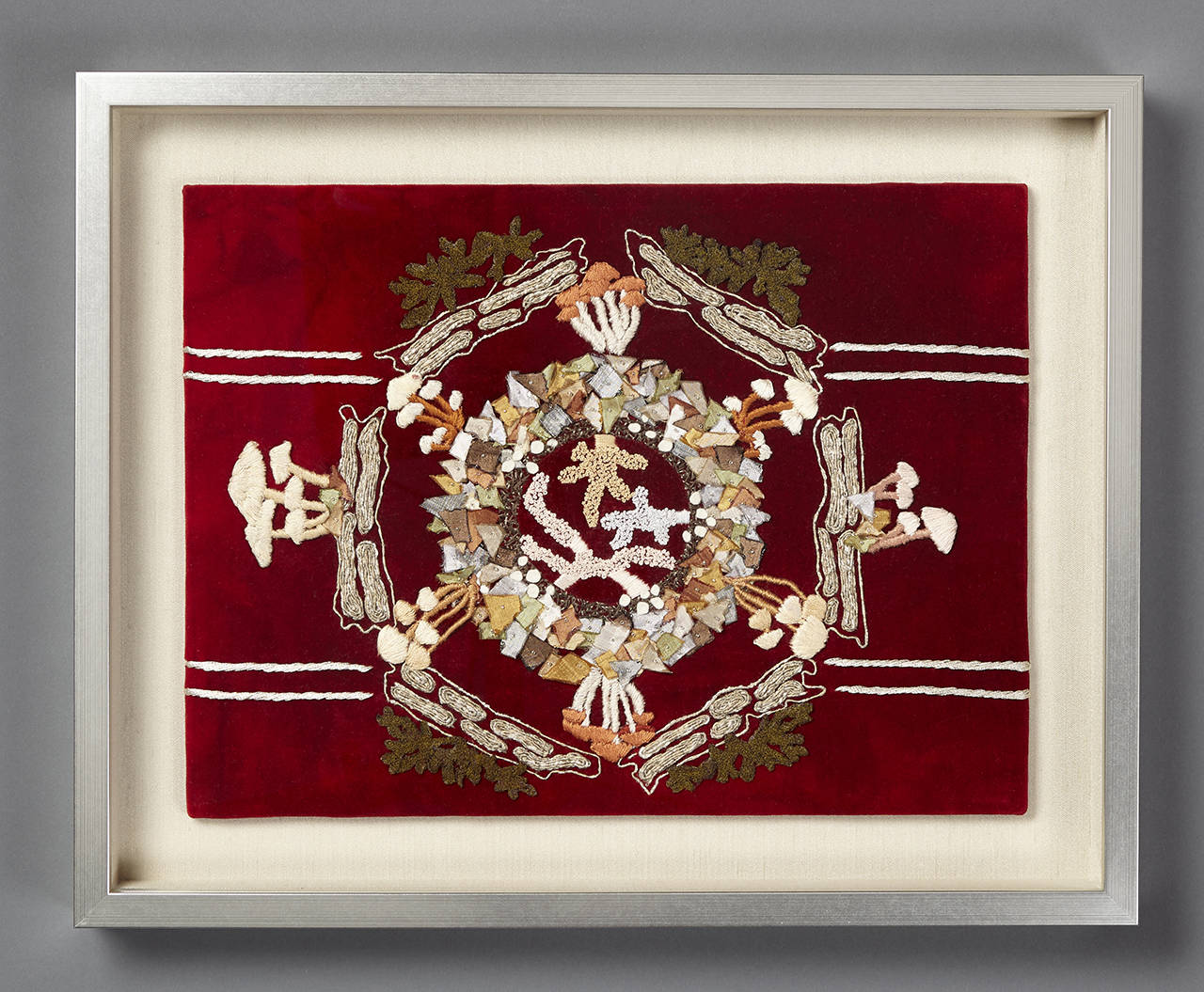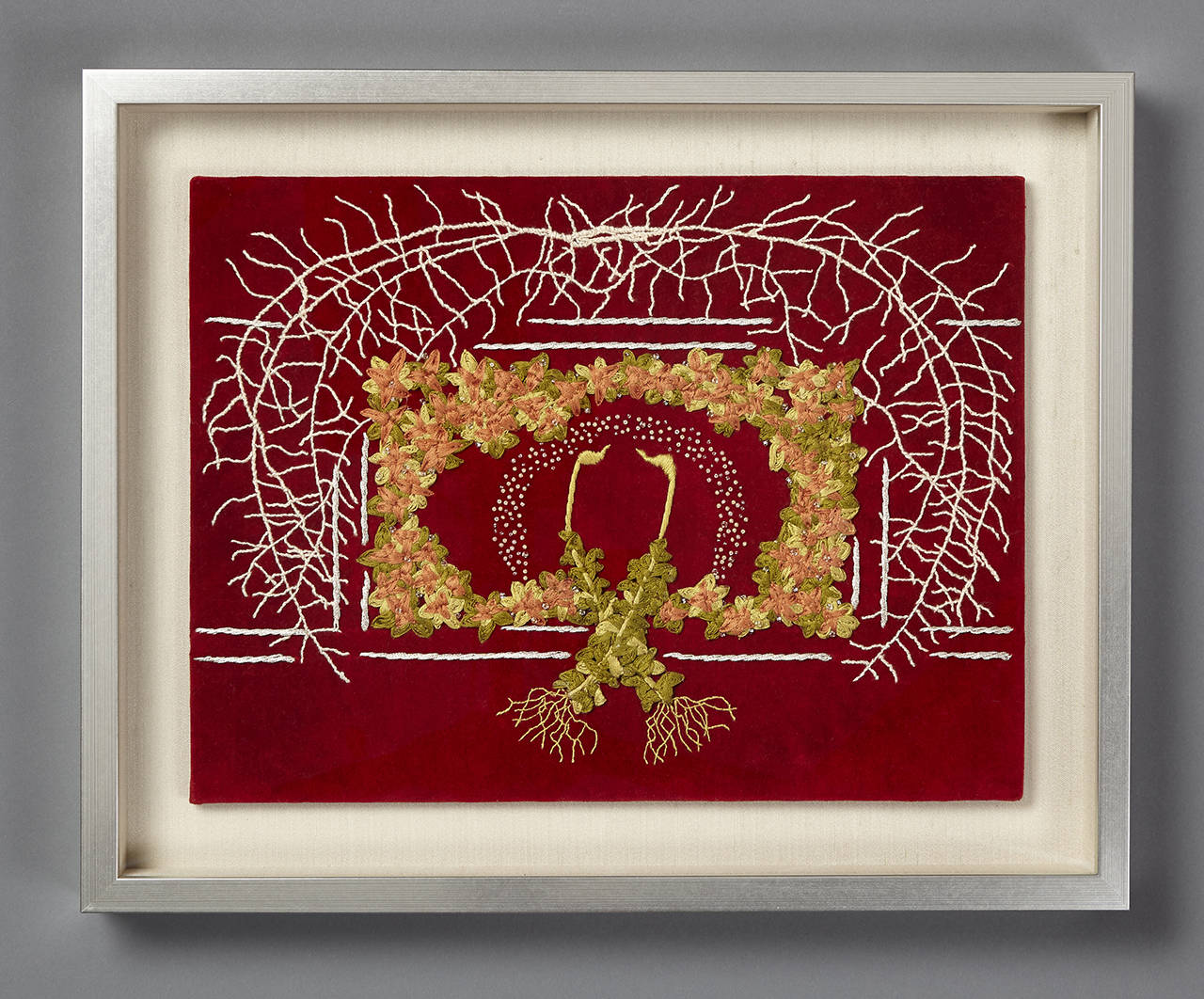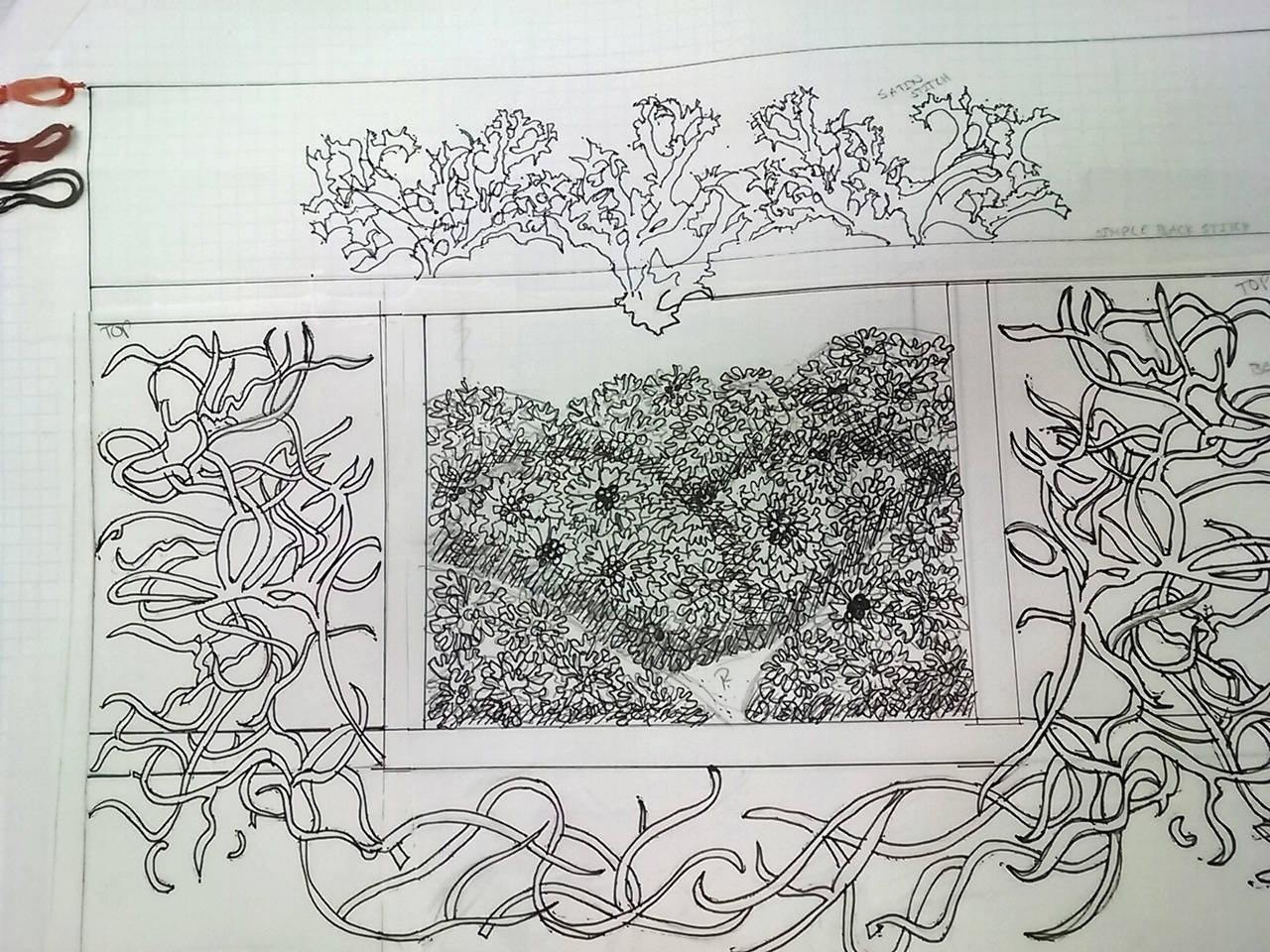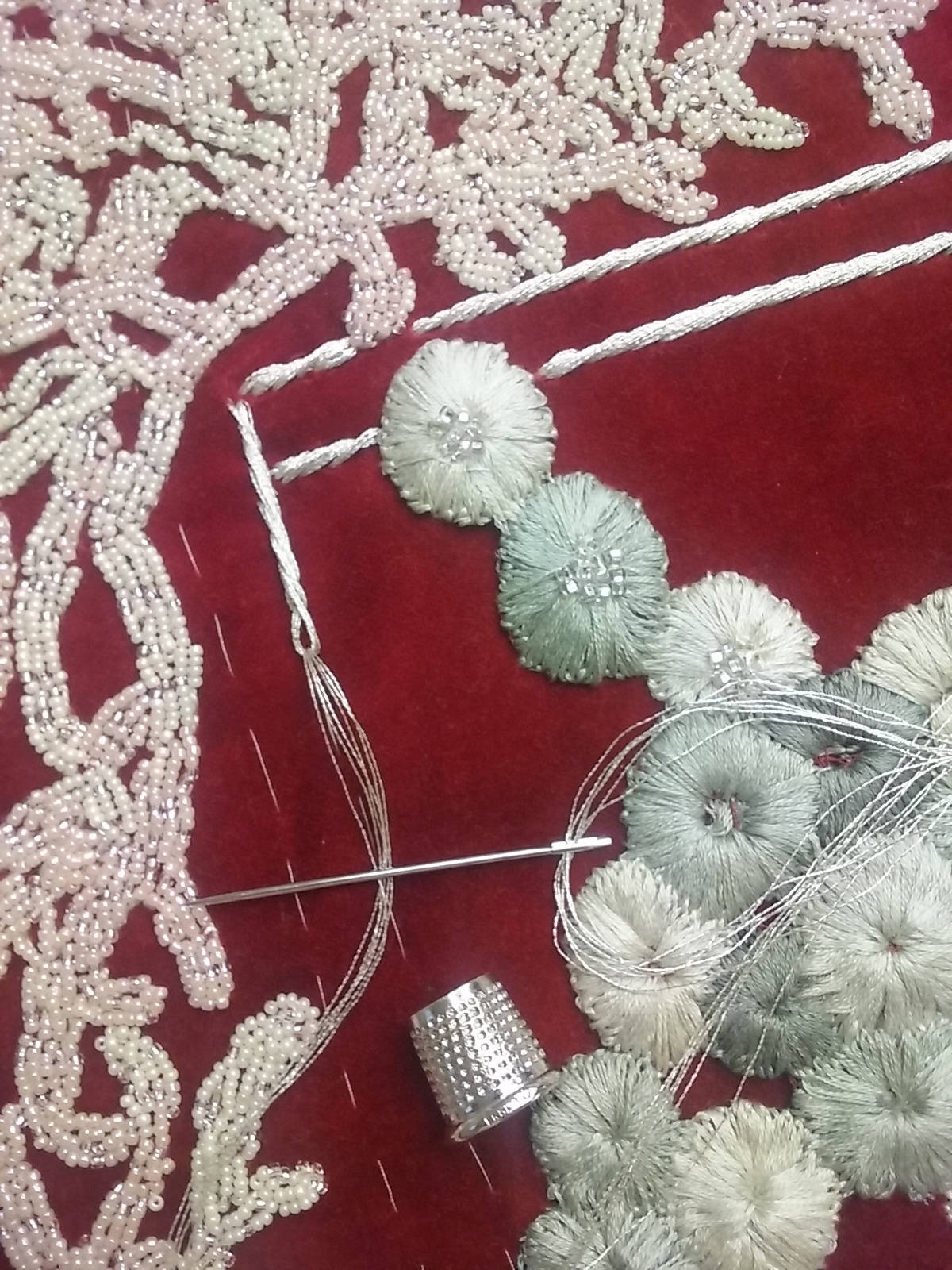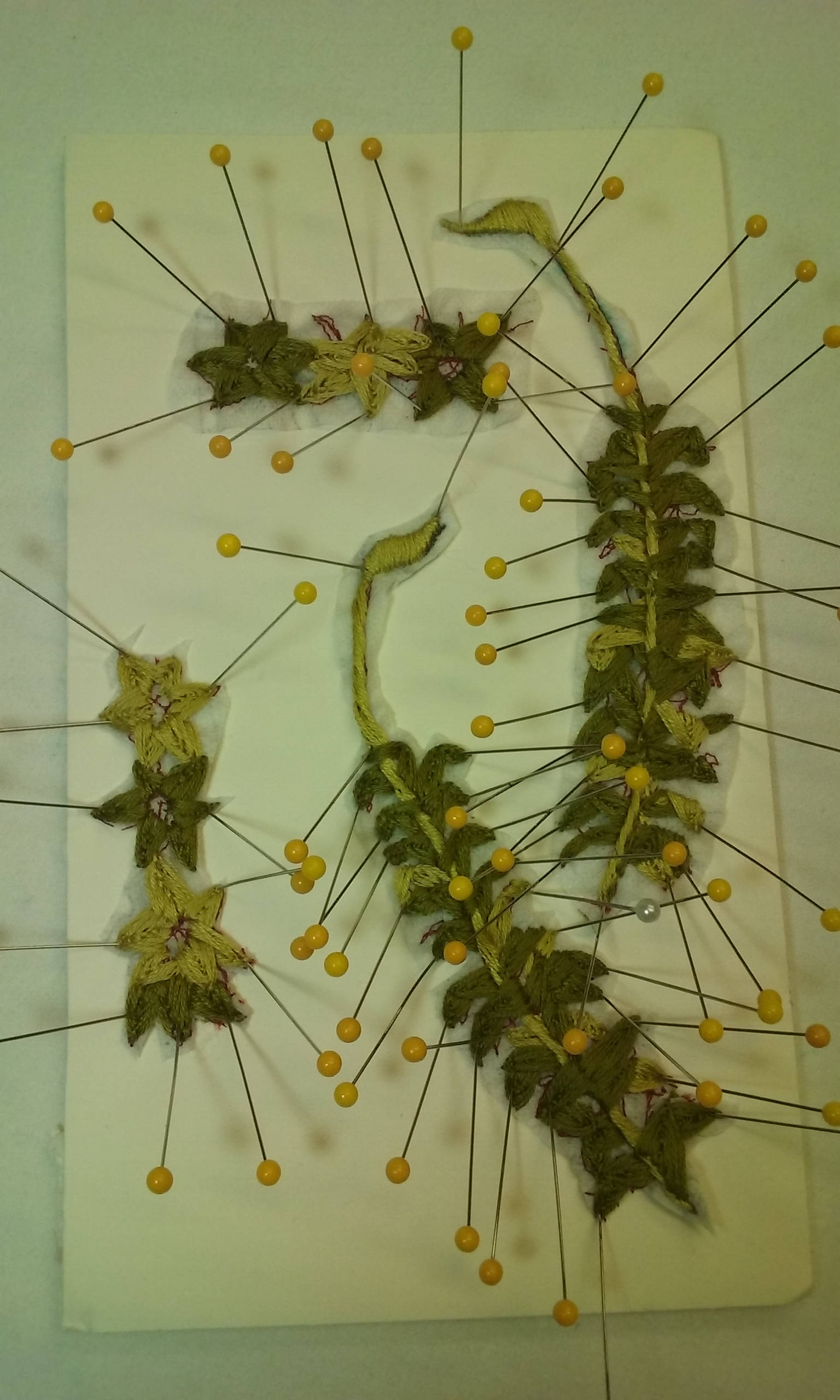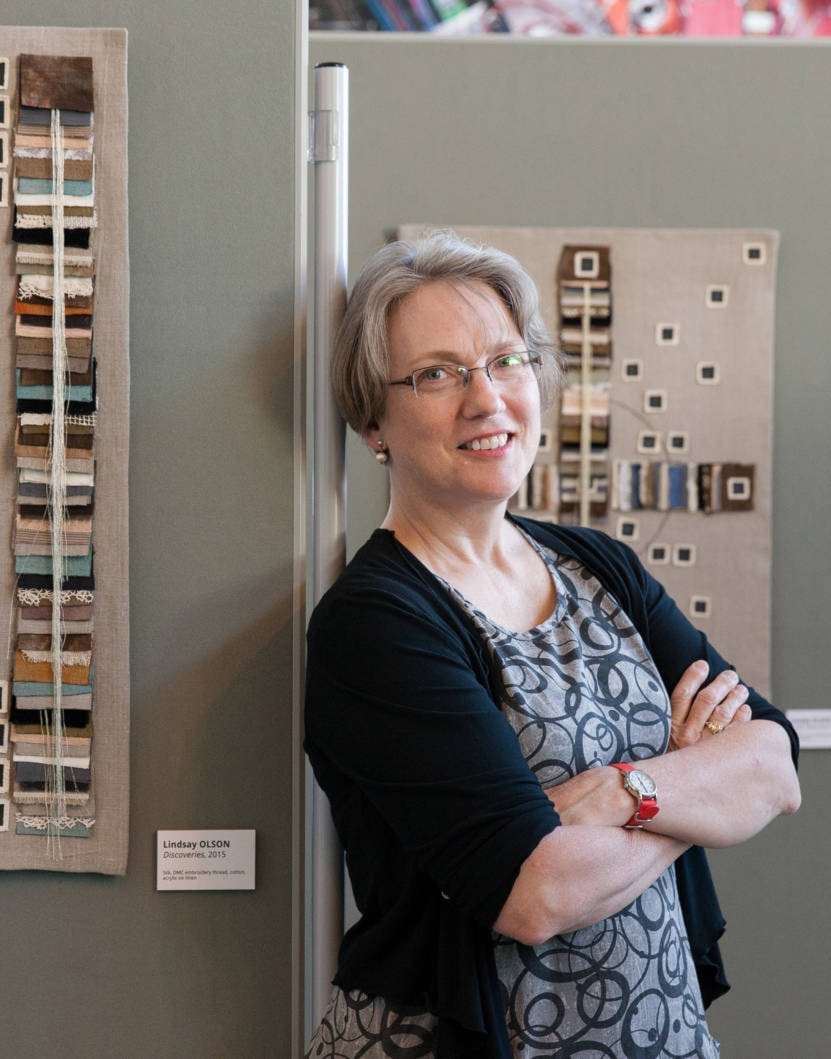Lindsay Olson has never seen Burns Bog, but thanks to science, art and a bit of collaboration, she’s brought its mosses to a world stage.
Chicago’s Olson is the artist behind “Boundary Layer,” a five-part art installation that examines different fungi, moss and lichen ecosystems around the world. Included among representations of the lichens of coastal Brittany, the fungi of Swallow Cliff Woods in Illinois, the alpine ecosystem of Cape Horn and the colonizing lichen of White Rock Open Space in Colorado is the sphagnum mosses of Burns Bog.
“What struck me about all these organisms was how incredibly diverse they are,” Olson, 62, said about her project. “Each species’ evolution has adapted to a different set of environmental circumstances.”
In coastal Brittany, those circumstances include salt water flooding and spray from the nearby ocean. In Burns Bog, it’s the acidic water that is low in oxygen and nutrients.
RELATED: ‘It’s not a dead zone’: Burns Bog fire one year later
The art project took the better part of a year, Olson said. In the beginning, she studied the science behind lichen, moss and fungi ecosystems, and communicated with scientists and local experts.
It was in this phase of the process that she had to figure out which areas to represent in her work. Deciding on Burns Bog, was a little bit “like a dating service,” she said.
“I just Googled up famous bogs in North America,” Olson said. “Actually, not even famous bogs. Just bogs in North America.”
When Burns Bog came up as an option, she was intrigued.
“There’s a bog in my area, but it’s way out in the boonies,” she explained. “Burns Bog is right on the edge of Vancouver. It’s a really good example of conservation right up against an urban area. And I found that very impressive.”
“It looks beautiful,” she added. “I hope to visit someday.”
Following the research part of the process, where Olson was somewhat of an “armchair traveller,” she began diving into art history to find the best way to represent these ecosystems in her work — ultimately deriving inspiration from medieval reliquaries, as she thought “that would be such a lovely metaphor for conveying the value of these tiny ecosystems.”
Over the next six months, she flipped back and forth between the art and the science, preparing the velvet textile pieces that would be showcased at Chicago’s Field Museum of Natural History.
During the first installation in May — the pieces will be shown again in September at the Chicago Botanic Garden for the Illinois Mycological Association’s annual show and sale — Olson got a chance to speak with museum members about the science in her art.
Of course, this isn’t the first time Olson has bridged art and science. She is an artist in the growing community of SciArt, a discipline that combines scientific learning and artistic endeavours.
Olson graduated art school as a mature student in 1999. At that time, she was creating oil paintings for her residency at a local police department. But she wanted something more, something that would let her do art that was bigger than herself.
She found it when she was canoeing with her husband down a side channel of the Chicago Canal.
“We bumped into this really expensive looking, highly engineered waterfall,” she said. “And it struck me as odd, because it’s in the middle of nowhere.”
In her search to discover the source of the waterfall, she came across the Metropolitan Water Reclamation District of Chicago.
“This is going to sound kind of strange, but I actually fell in love with science in the middle of a wastewater treatment plant,” she said. Over the next two years, Olson worked with the treatment plant to create her textile-based art installation “Manufactured River.” From there, she was invited to be the first artist-in-residence at Fermilab, an American high-energy physics lab.
“Always what I’m doing is I’m juggling the science, but I have to filter it through my training as an artist and decide what’s going to get the message across in the strongest way,” Olson said. In nearly all of her work, that has been through textiles, the fabric and embroidered art.
“I suddenly realized … that making art out of textiles would be one way to reduce the distance between the viewer and perhaps an uncomfortable subject like science,” she said. “Because everyone is familiar with textiles.”
Olson, who is now working on her fifth SciArt project, this one on ocean acoustics, said making people feel more comfortable with science is the whole point.
“Sometimes people are just interested in the art,” she said. “And sometimes they’re just interested in the science, and sometimes they’re interested in both.
“I guess my big goal is to offer a way for people to enjoy science in a way that is less threatening than perhaps many of them might have been exposed to.”
grace.kennedy@northdeltareporter.com
Like us on Facebook and follow us on Twitter
